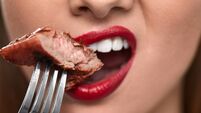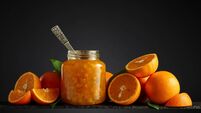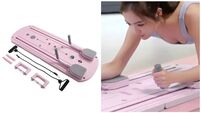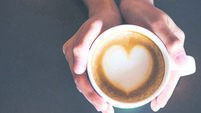What are the hidden health risks of zero and low-alcohol drinks?

Sales of booze-free and low alcohol — dubbed NoLo — beers and wines are booming as more of us make the switch to seemingly healthier drink choices.
Slowly, steadily, we are reducing the amount of alcohol we consume as a nation.
Recent data from the Drinks Industry Group of Ireland (DIGI) shows that alcohol consumption fell by 4.5% last year, continuing a welcome downward trend.

Celebrating 25 years of health and wellbeing











